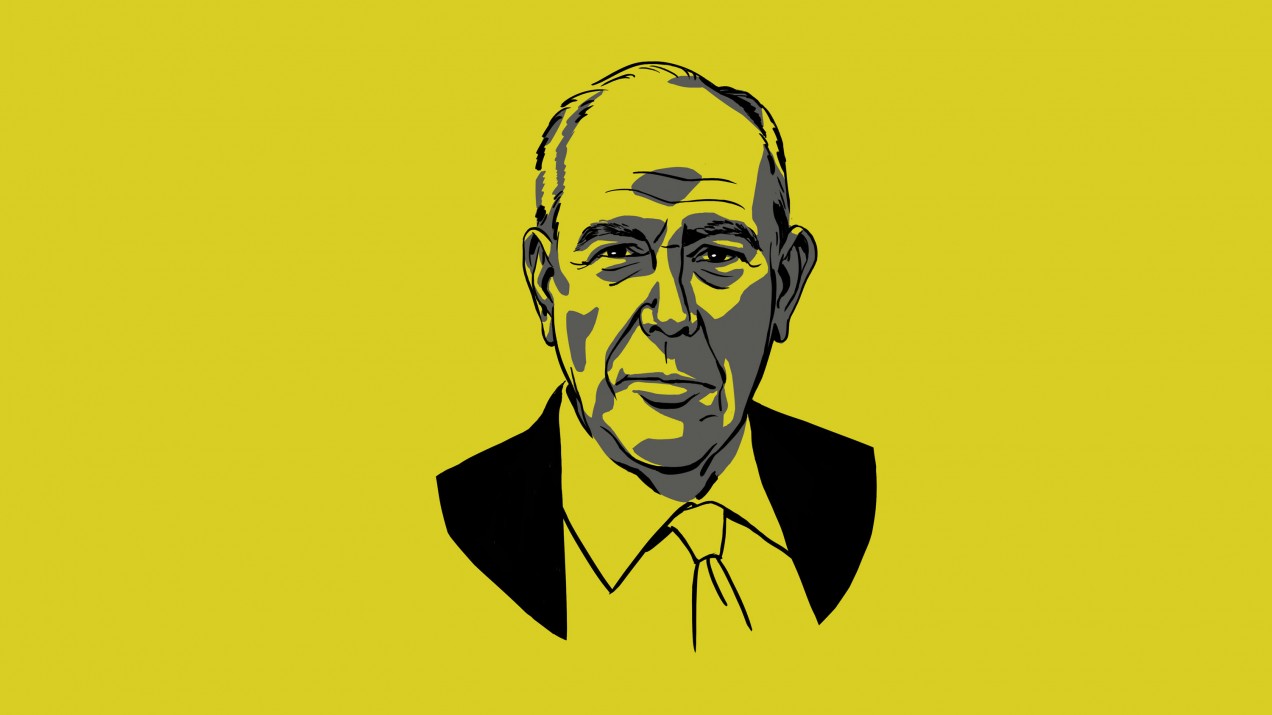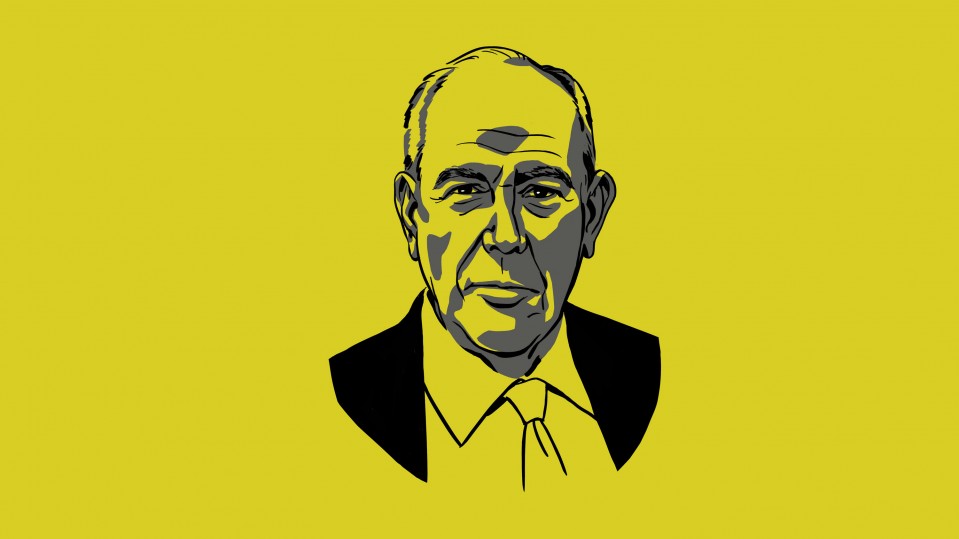

Ivan Sutherland, PhD ’63
The engineer who invented the graphical user interface

In Scarsdale, New York, in the 1940s, Ivan Sutherland’s mother recycled his father’s civil engineering drawings by covering her sons’ schoolbooks with them. Sutherland, who says he learned to read these drawings “almost before I could read English,” grew up problem-solving through pictures.
Arriving at MIT’s Lincoln Laboratory in 1960 with electrical engineering degrees from the Carnegie Institute of Technology and Caltech, Sutherland gained access to the TX-2, then the world’s largest computer. He wanted to create engineering designs by drawing directly on screen instead of using text commands. He envisioned rotating, resizing, and replicating drawings in real time—and being able to save them.
This story is part of our September/October 2019 issue
See the rest of the issueSubscribe
The project became Sutherland’s MIT doctoral thesis, and with information theory pioneer Claude Shannon, SM ’40, PhD ’40, as his advisor, he created the first graphical user interface. Sutherland’s “man-machine graphical communication system” used a light pen—a precursor of the computer mouse—to track on-screen coordinates. Users could draw a line between any two points or a circle around one, zoom in or out, and use the pen to erase or change image dimensions. They could also save their work. Called Sketchpad, this system fundamentally transformed human-computer interaction.
Sketchpad’s legacy permeates current technologies. Its influence can be seen in touch screens, animation and graphics software like Adobe Illustrator, and the Java and C++ programming languages. Sutherland went on to co-create one of the first virtual-reality systems, at Harvard, and developed pioneering 3D graphics technologies at Evans & Sutherland, a firm he cofounded. Next he focused on the design of integrated circuits, helping launch a wave of innovation, and then founded a consulting firm that ultimately became the basis of Sun Labs, the research division of Sun Microsystems. He received a Turing Award in 1988 for his contributions to computer graphics.